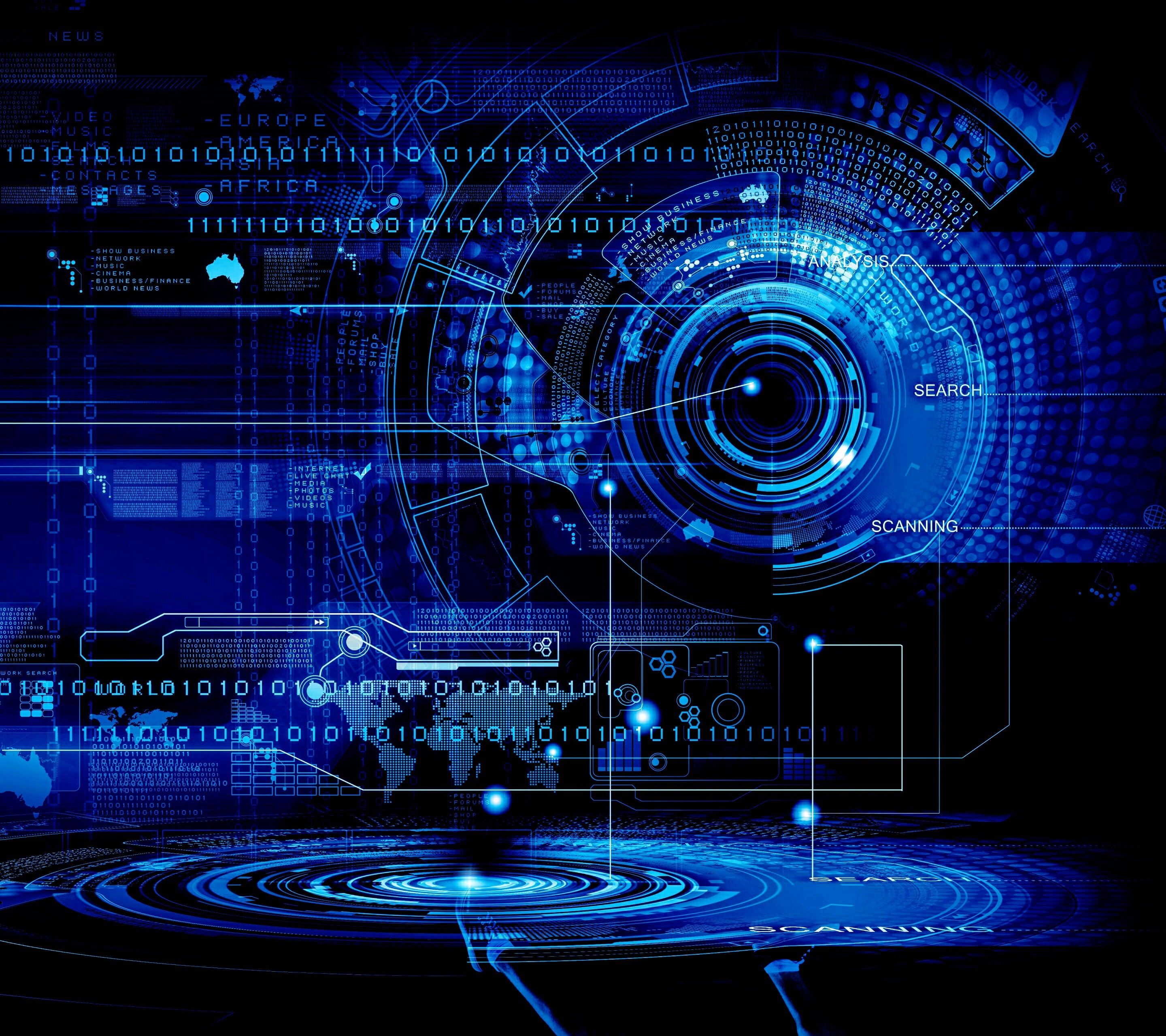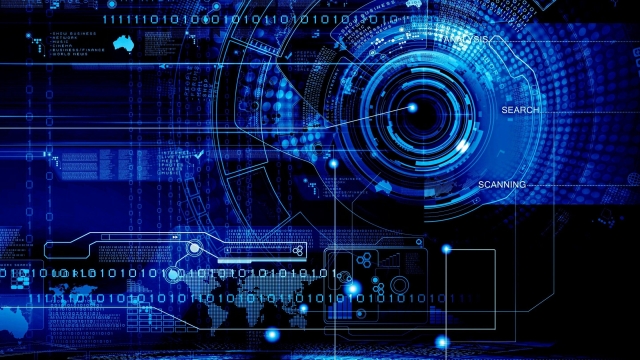
Technology has always been a double-edged sword, capable of both incredible advancements and alarming consequences. One such example of a technology that has seamlessly merged the real with the virtual is deepfake technology. This innovative yet controversial technique allows for the creation of incredibly realistic, yet entirely fabricated, videos. By leveraging powerful artificial intelligence algorithms, deepfake technology can essentially superimpose the face of one individual onto the body of another, producing convincing yet entirely false footage. While this may sound like harmless entertainment on the surface, the implications and potential for misuse are both staggering and deeply concerning.
From its inception, deepfake technology has raised a multitude of ethical, legal, and societal questions. With the ability to manipulate visual evidence to an unprecedented level, the potential for misuse is alarming. Concerns range from the creation of political propaganda and the spread of fake news to the deep erosion of trust in media and public figures. It is not difficult to envision a future where we find ourselves unable to discern between what is real and what is fabricated. In a world already grappling with information overload and mistrust, the emergence of deepfake technology further exacerbates these challenges, adding an additional layer of complexity to an already complex world. The stakes are high, and it is imperative that we delve deeper into understanding the nature and implications of this intriguing technology.
Understanding Deepfake Technology
Deepfake technology has emerged as a captivating and controversial aspect of the digital world. It encompasses powerful techniques that enable the manipulation and creation of convincing, yet entirely fabricated, audiovisual content. By utilizing sophisticated neural networks and advanced algorithms, deepfake technology generates seemingly authentic videos and images that can deceive the human eye and ear.
At its core, deepfake technology leverages artificial intelligence (AI) to alter existing media or produce entirely synthetic content. It involves training deep learning models using vast amounts of data, such as images and videos of the target subjects. These models then learn to analyze and mimic the intricacies of facial expressions, speech patterns, and other defining characteristics.
The implications of deepfake technology are profound. On one hand, it offers intriguing possibilities for entertainment and creative expression, allowing filmmakers and artists to push the boundaries of visual storytelling. However, it also raises concerns about the potential misuse of this technology for deceptive purposes. Deepfake videos can be employed to spread misinformation, fabricate evidence, or defame individuals by superimposing their faces onto explicit or controversial content.
As deepfake technology continues to advance, researchers and policymakers wrestle with the challenges it poses. Striking a delicate balance between promoting innovation and mitigating the risks associated with deepfakes remains crucial. Understanding the intricacies of this technology can help society navigate the complexity and implications it brings, fostering discussions and measures that foster responsible use and protection against digital deception.
Implications and Risks of Deepfake Technology
The advancements in deepfake technology have brought along significant implications and risks that are important to consider.
Firstly, one of the main concerns surrounding deepfake technology lies in its potential misuse for malicious purposes. With the ability to manipulate videos and images, individuals with ill intentions can easily create convincing fake content that can be used to spread disinformation, deceive people, or even incite violence. The ease and accessibility of this technology make it imperative for policymakers and law enforcement agencies to take necessary measures to prevent its abuse.
Secondly, the rise of deepfake technology poses a threat to privacy and personal security. With the ability to superimpose someone’s face onto another person’s body convincingly, deepfake videos can be created without the knowledge or consent of the individuals involved. This can lead to the unauthorized use of someone’s identity, potentially causing damage to their reputation or personal relationships. Additionally, the rise of deepfake technology raises concerns about consent and consent verification in media production.
Lastly, the emergence of deepfakes highlights the challenges faced by society in determining the authenticity and reliability of digital content. As deepfakes become more sophisticated, the line between reality and manipulation becomes increasingly blurred. This can have serious implications on public trust in media sources and institutions. It calls for the development of robust tools and strategies to detect and combat deepfakes, ensuring that the integrity of information is upheld.
In conclusion, deepfake technology presents a range of implications and risks that need to be carefully navigated. From the potential for malicious use to privacy concerns and challenges to authenticity, it is essential for society to address these issues collaboratively and proactively. Only by doing so can we mitigate the negative effects and maximize the positive potential of this intriguing yet deceptive technology.
Combating Deepfakes: Current and Future Solutions
Deepfakes have raised significant concerns about the potential for misinformation and the erosion of trust. To address these challenges, researchers, industry experts, and policymakers are actively working on developing and implementing effective solutions.
One approach involves advancing detection technologies, utilizing artificial intelligence and machine learning algorithms. By training these systems to identify various artifacts and anomalies typically found in deepfakes, they can efficiently analyze and flag potentially doctored content. This technology is continually evolving, becoming more sophisticated and robust in its ability to detect deepfakes.
Another avenue of combating deepfakes lies in promoting public awareness and media literacy. Educating individuals about the existence and implications of deepfakes can enable users to critically analyze and question the authenticity of the content they encounter. Through digital literacy programs and increased media literacy initiatives, users can develop a better understanding of the risks associated with deepfakes and become more resilient against their influence.
Furthermore, collaborations between technology companies, research institutions, and governments are crucial in combating deepfakes effectively. Sharing knowledge, resources, and tools can accelerate the development of advanced detection methods and strengthen technological defenses against malicious deepfake actors. International cooperation and standardized protocols can help establish a unified approach to tackle deepfake threats globally.
https://faceswap.akool.com/
Looking into the future, emerging technologies such as blockchain and cryptographic solutions hold promise in addressing deepfake challenges. These technologies offer the potential for secure and tamper-proof verification of digital content, ensuring its integrity and authenticity. By leveraging these innovations, users can have increased confidence in the legitimacy of the content they consume, while also deterring the creation and dissemination of deepfakes.
With a combination of robust detection methods, improved media literacy, and collaborative efforts, society can take significant steps towards effectively combating the threats posed by deepfake technology. Although the journey to counter this sophisticated deception is ongoing, the collective actions of individuals, organizations, and technology advancements offer hope in safeguarding the truth and maintaining public trust in an increasingly digital age.


